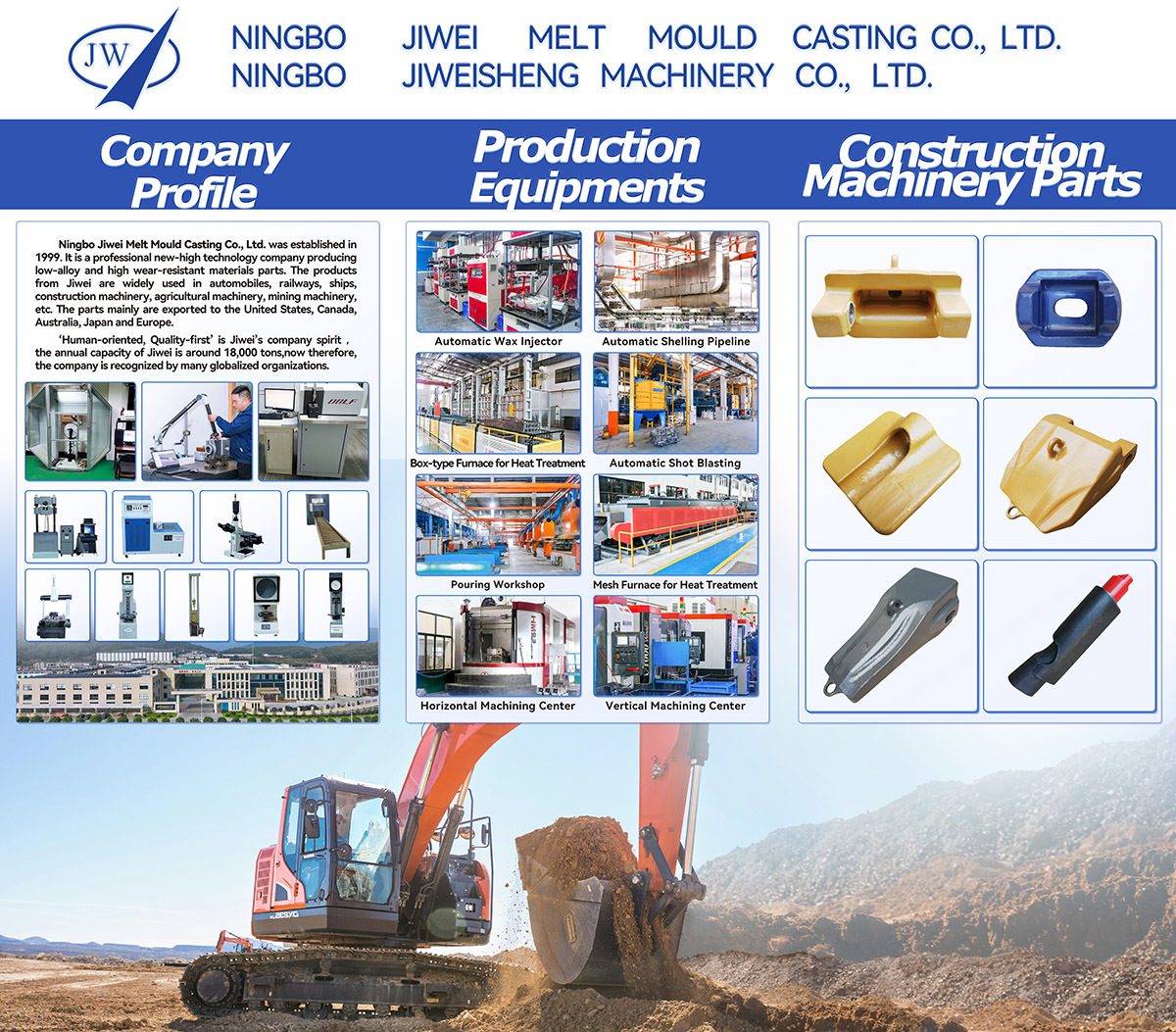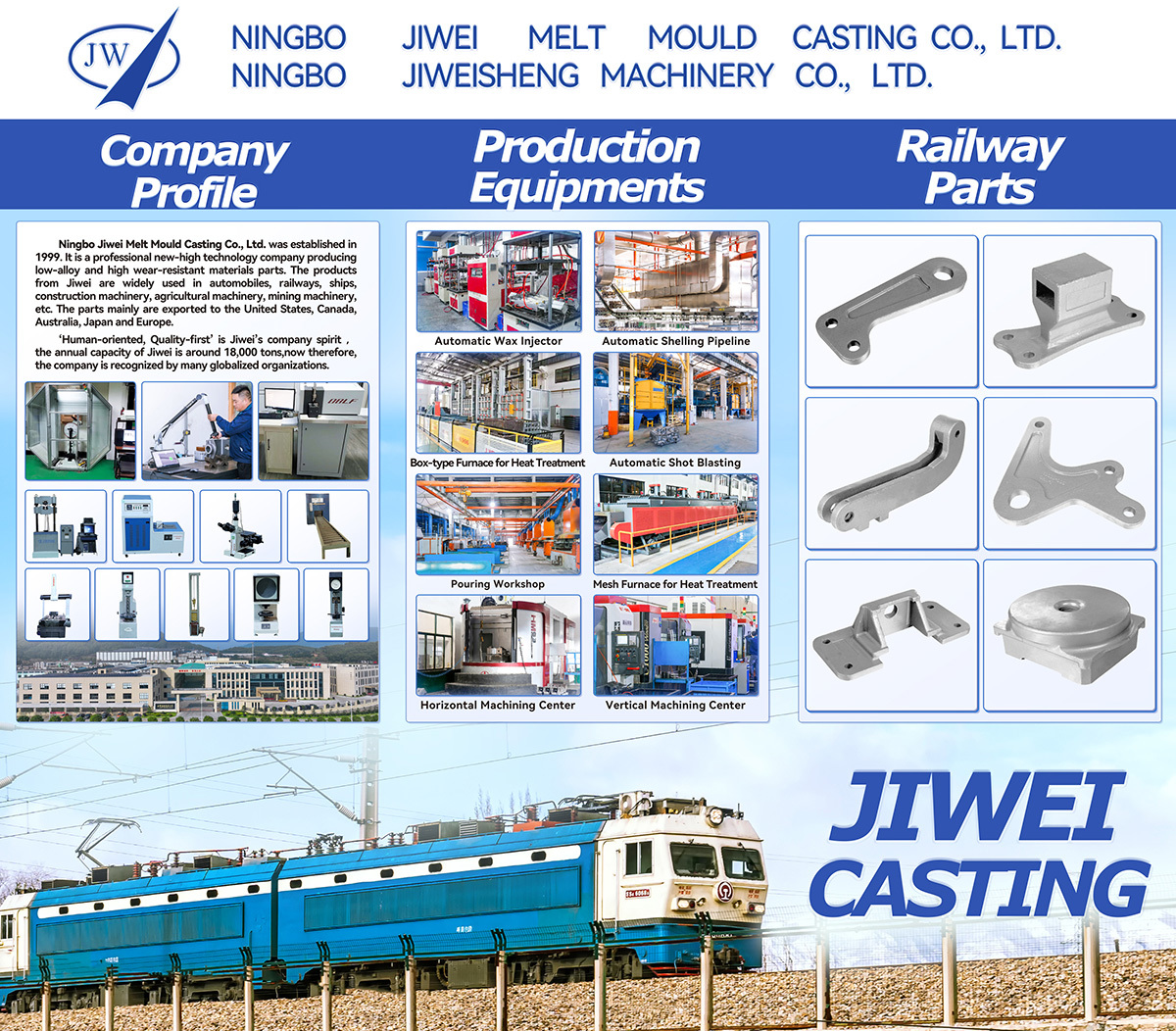13 Oct,2025
The Benefits of Using Pillow Block Pipe Supports in Heavy Machinery
The Benefits of Using Pillow Block Pipe Supports in Heavy Machinery Introduction to Pillow Block Pipe Supports In the realm of heavy machinery, stability and efficiency are paramount. One often-overlooked component that plays a crucial role in achieving these objectives is the **pillow block pipe support**. These supports are integral in maintaining the integrity of piping systems, especially in d
The Benefits of Using Pillow Block Pipe Supports in Heavy Machinery
Introduction to Pillow Block Pipe Supports
In the realm of heavy machinery, stability and efficiency are paramount. One often-overlooked component that plays a crucial role in achieving these objectives is the **pillow block pipe support**. These supports are integral in maintaining the integrity of piping systems, especially in demanding environments such as construction and engineering. This article delves into the myriad benefits of employing pillow block pipe supports in heavy machinery applications, exploring their design, functionality, and the significant improvements they bring to operational reliability.
Understanding Pillow Block Pipe Supports
Pillow block pipe supports are mechanical components designed to hold and support pipes, ensuring they remain aligned and stable during operation. These supports consist of a housing (or block) that contains a bearing, allowing for the smooth rotation of pipes or shafts while minimizing frictional wear. Typically mounted on a flat surface, pillow block pipe supports can accommodate various pipe sizes and weights, making them a versatile choice for heavy machinery applications.
Key Components of Pillow Block Pipe Supports
1. **Base Plate**: The foundation of the support, providing stability and a secure attachment to the mounting surface.
2. **Bearing**: The central component that allows for rotation and movement of the pipe, reducing wear and friction.
3. **Housing**: The outer shell that encases the bearing, protecting it from contaminants and providing structural integrity.
4. **Mounting Hardware**: Bolts and brackets used to secure the pillow block to the surface and the pipe to the support.
Why Use Pillow Block Pipe Supports in Heavy Machinery?
The benefits of incorporating pillow block pipe supports into heavy machinery applications are numerous and far-reaching. Below, we explore the key advantages in detail:
1. Enhanced Stability and Alignment
One of the primary benefits of pillow block pipe supports is their ability to provide **enhanced stability**. In heavy machinery, where vibrations and movements are commonplace, these supports ensure that pipes remain correctly aligned. This alignment is critical for preventing leaks and failures, which can lead to costly downtime and maintenance.
2. Reducing Wear and Tear on Machinery
Pillow block pipe supports significantly reduce wear and tear on both the pipes and the machinery they are integrated with. By minimizing movement and friction between the pipe and its surroundings, these supports help preserve the integrity of the piping system. This reduction in wear extends the lifespan of the machinery and its components, resulting in lower replacement costs and improved efficiency.
3. Facilitating Easier Maintenance
The design of pillow block pipe supports allows for easier maintenance and inspection of piping systems. Since these supports provide clear access to the pipes, maintenance personnel can quickly identify issues such as leaks or corrosion. Additionally, the simplified removal and installation of pipes contribute to reduced downtime during maintenance operations.
4. Vibration Damping Features
Heavy machinery often experiences high levels of vibrations during operation. Pillow block pipe supports are designed to absorb and dampen these vibrations, preventing damage to both the pipes and the machinery. This feature is particularly beneficial in applications where precise operations are crucial, as it enhances the overall performance and reliability of the machinery.
5. Customization for Specific Applications
Pillow block pipe supports come in various designs and configurations, allowing for customization based on specific machinery requirements. Whether dealing with high-temperature environments, corrosive substances, or unique dimensional constraints, there is a pillow block support solution tailored to meet diverse operational needs.
Types of Pillow Block Pipe Supports
Pillow block pipe supports are not one-size-fits-all solutions. Different types cater to various applications and environments. Below are a few common types:
1. Standard Pillow Block Supports
These are the most common type, consisting of a standard bearing housed in a block. They are suitable for general applications where typical load-bearing capabilities are required.
2. Adjustable Pillow Block Supports
These supports feature adjustable height settings, allowing users to fine-tune the alignment of piping systems. This is particularly useful in installations where precise alignment is necessary for optimal performance.
3. High-Temperature Pillow Block Supports
Designed for extreme heat environments, high-temperature pillow block supports can withstand the elevated temperatures often encountered in industrial machinery, maintaining performance without degradation.
4. Corrosion-Resistant Pillow Block Supports
In environments where exposure to corrosive substances is a concern, these pillow block supports are made from materials designed to withstand chemical degradation, ensuring longevity and reliability.
Installation and Maintenance of Pillow Block Pipe Supports
Proper installation and maintenance of pillow block pipe supports are crucial for maximizing their benefits in heavy machinery applications. Here are some best practices to consider:
1. Installation Guidelines
- **Surface Preparation**: Ensure that the mounting surface is clean and level before installation.
- **Alignment**: Carefully align the pillow block with the pipe to avoid unnecessary stress during operation.
- **Secure Fastening**: Use appropriate bolts and brackets to secure the support firmly to the surface.
- **Check for Movement**: After installation, check for any movement in the pipe to confirm the support is functioning correctly.
2. Regular Maintenance Practices
- **Routine Inspections**: Regularly inspect the supports for signs of wear, corrosion, or misalignment.
- **Lubrication**: Ensure bearings are adequately lubricated to minimize friction and prevent wear.
- **Tightening Fasteners**: Periodically check and tighten all mounting hardware to maintain secure connections.
Common Applications of Pillow Block Pipe Supports in Heavy Machinery
Pillow block pipe supports find use across various heavy machinery applications. Some common sectors include:
1. Construction Machinery
In construction machinery, these supports are vital for maintaining the integrity of hydraulic piping systems, ensuring consistent performance under challenging conditions.
2. Mining Equipment
Mining equipment often operates in harsh environments. Pillow block pipe supports help secure piping systems in place, preventing leaks and failures that could hinder operations.
3. Oil and Gas Industry
In the oil and gas sector, these supports are crucial for handling high-pressure pipelines, maintaining stability throughout the system, and preventing costly leaks.
4. Manufacturing Processes
Manufacturing equipment relies on effective piping systems for transporting materials and fluids. Pillow block pipe supports ensure that these systems operate smoothly and efficiently.
Challenges and Solutions
While pillow block pipe supports offer numerous benefits, there are challenges associated with their use. Understanding these challenges can help in developing effective solutions.
1. Environmental Considerations
In some environments, exposure to extreme temperatures or corrosive substances can lead to premature failure of pipe supports. Implementing environmental-specific materials and designs can mitigate these challenges.
2. Installation Complexity
In complex machinery setups, installation may become challenging. Utilizing adjustable pillow block supports can help simplify the alignment process, ensuring proper installation and function.
Frequently Asked Questions (FAQs)
1. What are pillow block pipe supports used for?
Pillow block pipe supports are used to secure and stabilize piping systems in heavy machinery, ensuring proper alignment and reducing wear.
2. How do I choose the right pillow block pipe support?
Consider factors such as the pipe size, environment (temperature and corrosive exposure), and load requirements to select the appropriate support.
3. How often should pillow block pipe supports be inspected?
Routine inspections should be conducted every few months, or more frequently in high-use or harsh environments, to ensure functionality.
4. Can pillow block pipe supports be customized?
Yes, pillow block pipe supports come in various designs and can often be customized to meet specific machinery requirements.
5. What maintenance is required for pillow block pipe supports?
Regular inspections, lubrication of bearings, and ensuring tight connections are critical for maintaining pillow block pipe supports.
Conclusion
The benefits of using pillow block pipe supports in heavy machinery extend far beyond mere stability. These essential components enhance operational efficiency, reduce maintenance costs, and significantly increase the lifespan of piping systems. By understanding their importance, industries can leverage pillow block pipe supports to optimize their machinery's performance, ultimately leading to improved productivity and reduced downtime. The strategic integration of these supports into heavy machinery is not just an enhancement; it is a critical investment in the future of engineering and construction.







